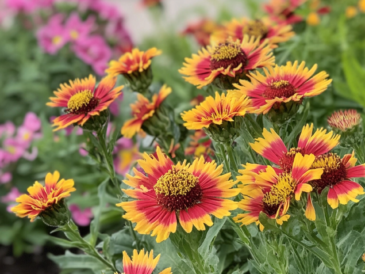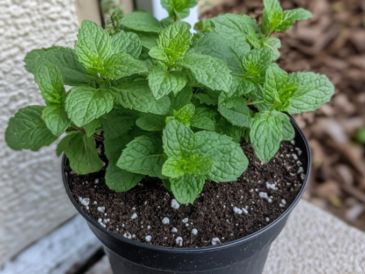Whether you’re in the frigid North or the scorching South, a lush, thriving garden is within reach. Here’s how to create a vibrant garden in any climate with expert tips tailored for every zone.
Part 1: Planning Your Garden for Success🌿
1. Understand Your Climate Zone
Your climate zone determines what plants will thrive in your garden. Here’s how to find your zone and choose accordingly:
- Determine Your Zone: Use the USDA Hardiness Zone Map to find your region’s zone. This map divides regions based on average minimum temperatures.
- Know Your Conditions: Consider local factors like humidity, rainfall, and seasonal changes. These will influence plant growth and garden planning.
🌟 Pro Tip: Choose plants suited to your specific zone for the best results. Consult local nurseries or extension services for recommendations.
2. Select the Right Plants
Different climates require different plants. Here’s a guide for choosing:
- Cold Climates (Zones 1-4): Opt for hardy perennials like coneflowers, peonies, and ornamental grasses. Vegetables such as kale and Brussels sprouts also thrive.
- Temperate Climates (Zones 5-7): Try a mix of perennials like daylilies and hostas, and vegetables such as tomatoes and carrots.
- Warm Climates (Zones 8-10): Choose heat-tolerant plants like lantana, bougainvillea, and herbs like basil and thyme.
- Tropical Climates (Zones 11-13): Grow lush plants such as hibiscus, orchids, and bananas. Consider tropical vegetables like sweet potatoes and peppers.
🌿 Local Favorites: Visit local gardens or botanical centers to see what thrives in your area and get inspiration for your own garden.
3. Prepare Your Soil
Healthy soil is the foundation of a lush garden. Follow these steps to prepare:
- Test Your Soil: Use a soil test kit to determine pH and nutrient levels. This will guide your amendments.
- Amend the Soil: Add compost, aged manure, or other organic matter to improve soil structure and fertility. Adjust pH as needed with lime (for acidic soil) or sulfur (for alkaline soil).
- Improve Drainage: Ensure proper drainage to prevent waterlogging, which can lead to root rot. For clay soils, mix in sand or organic matter to improve drainage.
🍂 Mulching: Apply a layer of mulch to retain moisture, regulate soil temperature, and suppress weeds.
4. Design Your Garden Layout
A well-planned garden layout maximizes space and beauty.
- Sun and Shade: Arrange plants based on their sunlight needs. Group sun-loving plants together and place shade-tolerant ones in less sunny spots.
- Plant Height and Spread: Consider the mature size of plants. Place taller plants at the back of beds and shorter ones in front to ensure all plants receive adequate light.
- Companion Planting: Use companion planting techniques to enhance growth and deter pests. For example, plant marigolds among vegetables to repel harmful insects.
🌼 Color Schemes: Plan color schemes and seasonal interest to create a visually appealing garden throughout the year.
5. Watering Wisely
Efficient watering is crucial for a lush garden. Here’s how to do it effectively:
- Watering Needs: Different plants have different water needs. Group plants with similar water requirements together to simplify irrigation.
- Watering Methods: Use drip irrigation or soaker hoses to deliver water directly to plant roots and minimize evaporation. Hand watering can be used for smaller gardens or specific plants.
- Timing: Water early in the morning to reduce evaporation and allow leaves to dry before evening, minimizing fungal diseases.
💧 Rain Collection: Consider setting up a rain barrel to collect and use rainwater for watering your garden.
Part 2: Maintaining and Enhancing Your Garden
Keep reading to discover how to nurture your blueberry bushes and ensure a bountiful harvest in “Page 2” of this guide!




